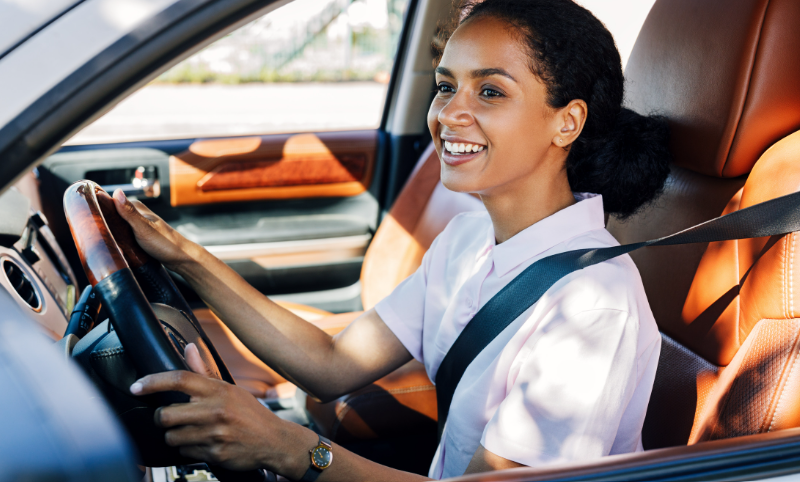Are you ready to take control of the road and experience the thrill of driving a manual car? Whether you’re a beginner or looking to improve your skills, this blog is for you. This comprehensive beginner’s guide will cover everything you need to know about driving a manual car. From understanding what a manual car is and its controls and functions to learning how to use the gears effectively, we’ve got you covered. We’ll also discuss the safety considerations you need to keep in mind while driving a manual car and explore the advantages of manual gearboxes. Get ready to shift gears and embark on an exciting journey with our step-by-step guide. Let’s hit the road!
What is a Manual Car?
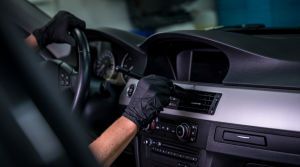
A manual car, also known as a stick shift or standard transmission, requires the driver to manually change gears using a clutch pedal and gear shifter. Unlike automatic driving cars, which have a transmission that changes gears automatically, manual cars give the driver more control over the speed and performance of the vehicle. To drive a manual car, the driver must engage the clutch by pressing down on the clutch pedal with their left foot while simultaneously shifting gears with their right hand. This can take some practice to master, but many drivers prefer manual cars for their increased control and engagement in the driving experience.
Is it Easy to Drive a Manual Car?

The majority of people who choose to drive a manual car generally love the experience. Manual transmissions offer a more engaging driving experience than automatic ones because they require you to use your hands and feet to operate the gearbox. That being said, there are some things that you need to be aware of if you plan on taking up this driving tradition.
First and foremost, manual cars are not for everyone. If you don’t have a lot of experience behind the wheel or if you’re not confident in your ability to shift gears quickly and accurately, then a manual car may not be the best choice for you. Additionally, manual cars tend to be less fuel efficient than automatic ones, so it’s important to consider your budget when making your decision.
Though manual cars are among the most rewarding types of vehicles to drive. They provide an incredibly engaging experience that is hard to find elsewhere, and they’re perfect for anyone who wants something different in their driving experience. If you’re interested in trying out a manual car for yourself, take some time to research which model is right for you and get ready to have fun!
Controls and Functions of a Manual Car
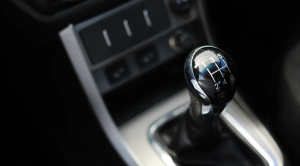
When it comes to driving a manual car, understanding the controls and functions is essential. Here are some key components of a manual car:
1. Clutch: The clutch pedal engages and disengages the engine from the transmission. Pressing the clutch pedal allows you to change gears smoothly.
2. Gearshift: The gearshift lever is used to select different gears. In a manual car, you typically have five or six forward gears and reverse.
3. Accelerator: The accelerator pedal controls the speed of the vehicle. Pressing down on the accelerator increases speed while releasing it slows down the car.
4. Brake: The brake pedal slows down or stops the vehicle. Applying steady pressure gradually slows down the car, while pressing down firmly brings it to a complete stop.
5. Handbrake: The handbrake, also known as the parking brake, is used to keep the car stationary when parked. It should always be engaged when parking on an incline or when leaving your vehicle unattended.
Understanding these controls and functions is crucial for operating a manual car safely and effectively. Practice and experience will help you become more comfortable with shifting gears and mastering the art of driving a manual transmission.
How to Drive a Manual Car in UK?

Learning how to drive a manual car can be a bit daunting at first, but with practice and patience, it can become second nature. Here’s a step-by-step guide on how to drive a manual car:
- Familiarize yourself with the controls: Take some time to get comfortable with the placement and function of the clutch pedal, brake pedal, accelerator, gear stick, and handbrake.
- Start the car: Make sure the car is in neutral and press the clutch pedal all the way down. Turn the key or push the start button to start the engine.
- Engage first gear: With your foot still on the clutch pedal, move the gear stick into first gear.
- Find the biting point: Slowly release the clutch pedal until you feel a slight vibration or hear the engine note change. This is known as finding the biting point.
- Give it some gas: While keeping your foot on the clutch pedal at the biting point, gently press down on the accelerator to give it some gas.
- Release the handbrake: Once you have given it enough gas, release the handbrake slowly while continuing to keep your foot on the clutch pedal at the biting point.
- Move forward: Gradually release more of the clutch pedal while still giving it gas. The car should start moving forward smoothly.
- Shift gears: As you gain speed, you will need to shift gears by pressing down on the clutch pedal, moving the gear stick into a higher gear, and gradually releasing the clutch while giving it gas again.
- Slow down and stop: When you need to slow down or stop, press down on both pedals – brake and clutch – simultaneously until you come to a complete stop
Safety Considerations when Driving a Manual Car
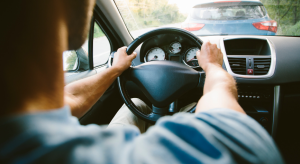
When it comes to driving a manual car, safety should always be a top priority. Here are some important safety considerations to keep in mind:
Be aware of your surroundings: Always stay vigilant and be aware of your surroundings while driving a manual car. Keep an eye on other vehicles, pedestrians, and potential hazards on the road. It is also important to regularly check your mirrors and blind spots before changing lanes or making turns.
Use proper techniques: When shifting gears, use proper techniques such as smoothly depressing the clutch pedal, shifting gears at appropriate speeds, and releasing the clutch slowly to prevent jerky movements that may affect control and stability.
Master hill starts: Hill starts can be challenging in a manual car. Practice mastering this skill using the handbrake or heel-toe technique to prevent rolling backwards on steep inclines.
Maintain a safe following distance: Leave enough space between your vehicle and the one in front of you to allow for safe braking distances. This is especially important when driving a manual car since coordination between the clutch, brake, and accelerator pedals is required for smooth stopping.
Following these safety considerations can enhance your driving skills and ensure a safe experience when operating a manual car.
How Do You Use the Gears in a Manual Car?
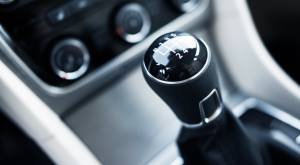
There are three main gears in a manual car: the top, middle, and bottom gear.
The top gear is the highest gear in a manual car, and it’s usually used for cruising. The middle gear is usually used for going faster than the top gear, but it’s not as high of a gear as the top gear. The bottom gear is the lowest possible gear in a manual car, and it’s usually used for slow speeds or when you need to stop quickly.
To change gears in a manual car, you only have to shift your hand from one side of the shifter to the other. Remember that when you shift into neutral, you’re putting your car into park position (unless you’re using an automatic)
What are the Advantages of Manual Gearboxes?
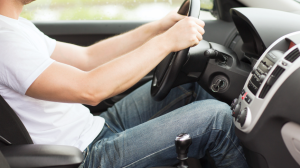
Manual gearboxes offer a number of advantages over automatic transmissions, some of which are listed below.
- Manual gearboxes allow for more control over the vehicle’s handling and performance. This is particularly important in situations where you need to take evasive action or when driving on difficult terrain.
- Manual gearboxes typically offer better fuel economy than automatic transmissions. This is because they require less use of engine power to transfer power from the drivetrain to the wheels.
- Manual gearboxes are often easier to work on than automatic transmissions. This is because they do not have any electronic components that can fail, requiring you to replace the entire transmission assembly.
- Manual gearboxes are more reliable than automatic transmissions, particularly in harsh environments or when subjected to heavy use.
Conclusion
To conclude, driving a manual car may seem daunting at first, but with practice and patience, it can become second nature. Understanding the controls and functions of a manual car is crucial before hitting the road. Safety should always be a priority, so be sure to follow all traffic rules and regulations. Learning how to use the gears properly is essential for a smooth and efficient drive. While manual cars may require more effort to operate, they offer advantages such as better control, fuel efficiency, and lower maintenance costs. So, if you’re up for the challenge, embrace the world of manual driving and enjoy the thrill of being in full command of your vehicle.





